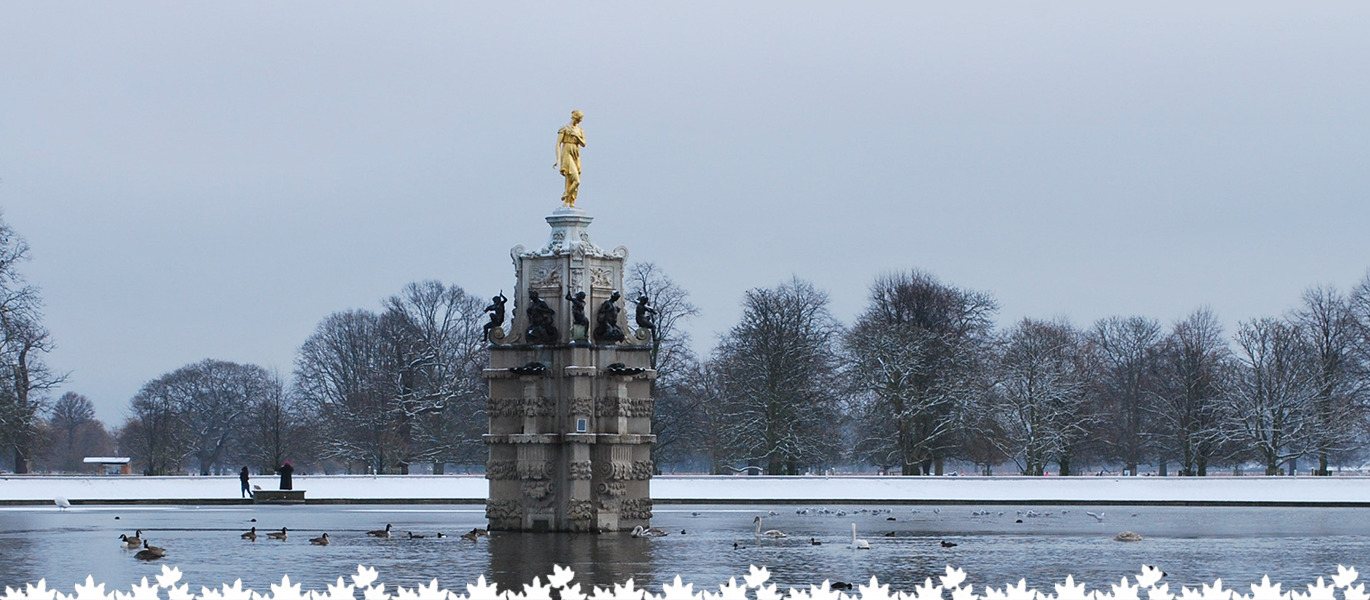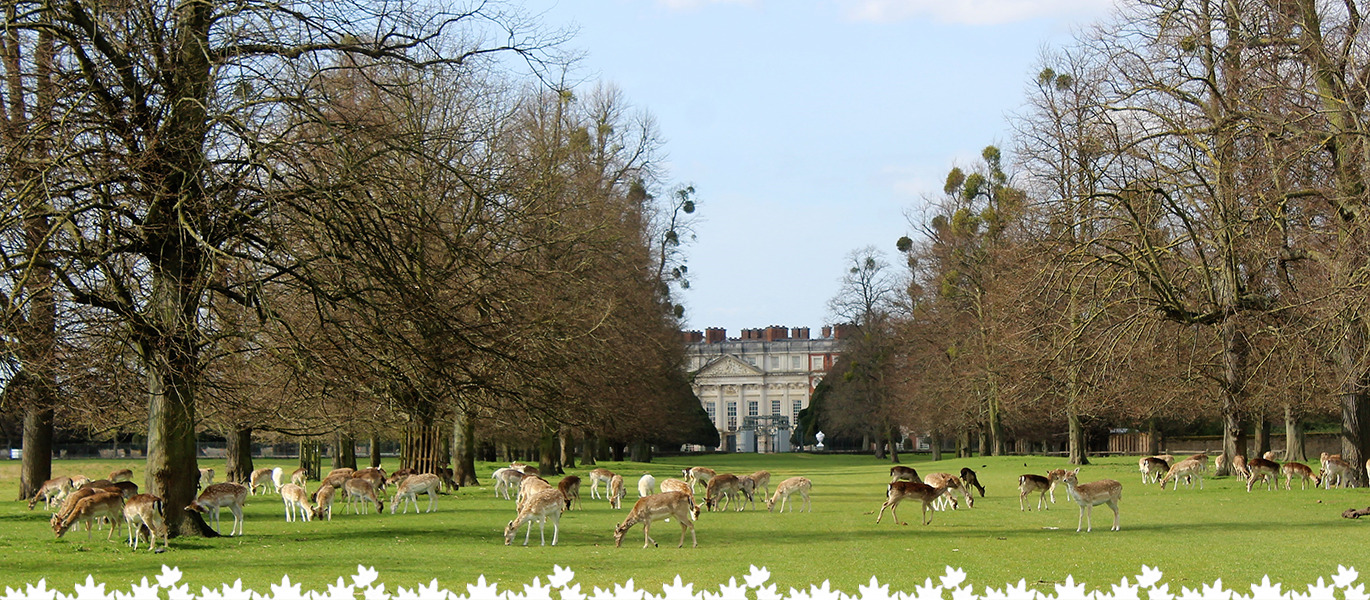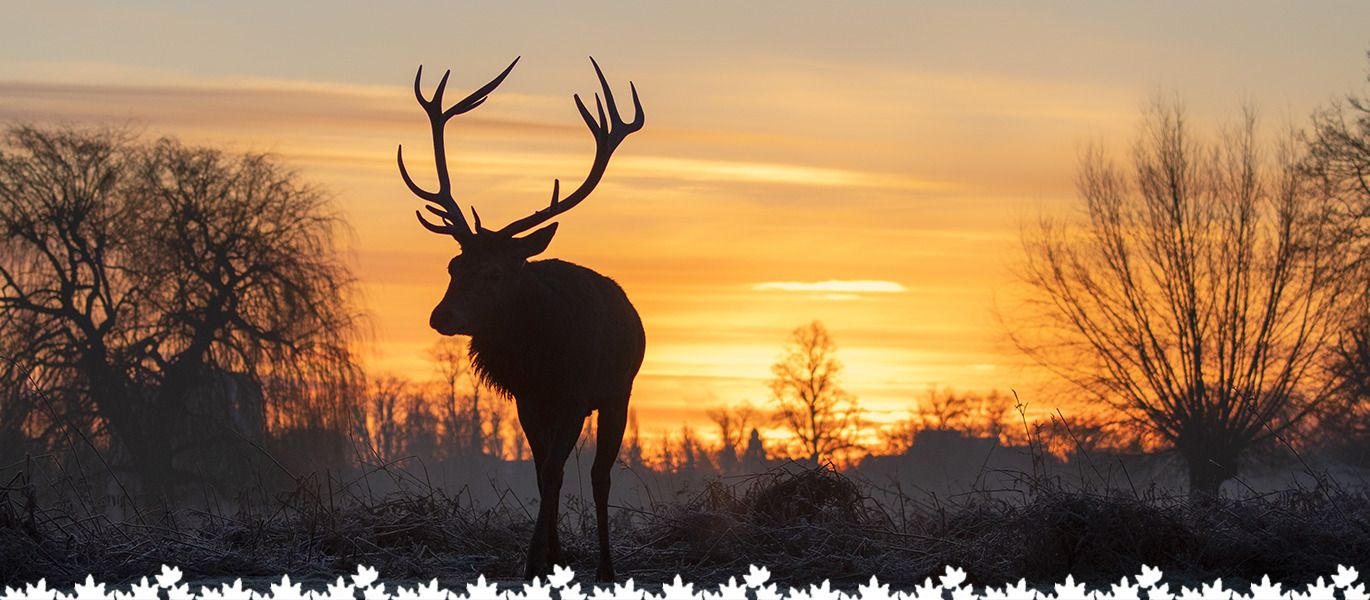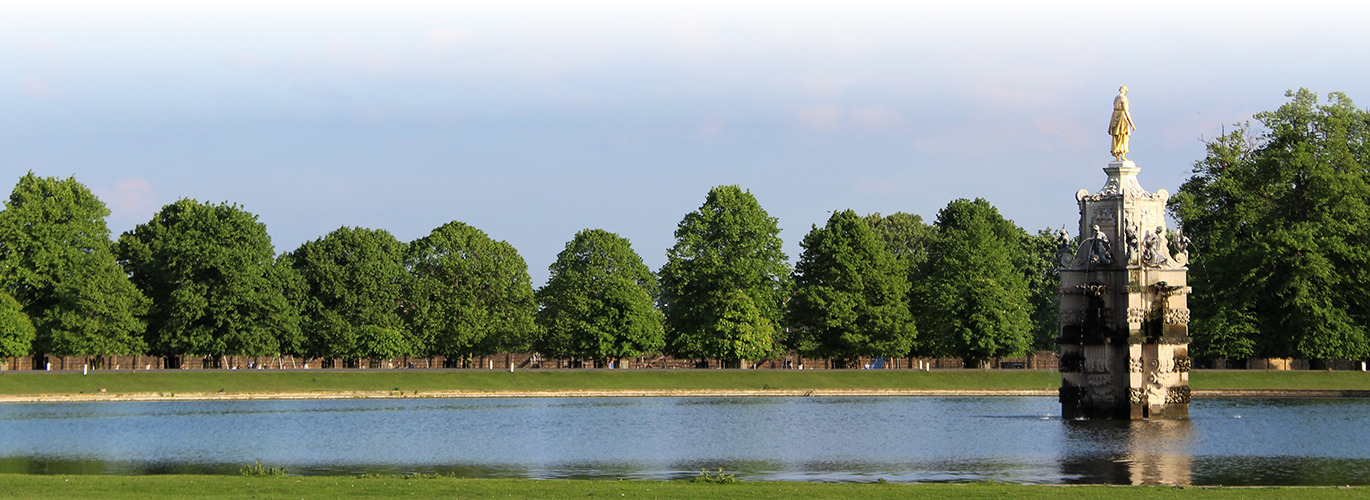The History of Bushy Park
Hunting Grounds
The park was originally several distinct areas known as Hare Warren, Middle Park and Bushy Park, until the present boundaries were completed in 1620. The name “Bushy Park” was first recorded in 1604 and was probably a reference to the many hawthorn bushes. These were planted to protect the young oak trees which were being grown as timber for ships in the navy.
In Tudor times the parks were important as hunting grounds – Henry VIII stocked them with deer and there were rabbits in abundance. After the royal palace at Richmond was destroyed by fire Hampton Court became increasingly important as a royal residence and the land now known as Bushy Park was the adjacent hunting ground. Henry, and later his daughter Elizabeth, both enjoyed riding and hunting here.
Adding Water
The next monarch, Charles I, ordered a canal to be constructed to bring water to the palace gardens from the River Colne. Now known as the Longford River, this twelve-mile waterway flows through Bushy Park feeding the ponds and streams here before continuing its course to the grounds of Hampton Court Palace.
Even Oliver Cromwell, who took up residence in the palace during the Commonwealth period, enjoyed hunting in Bushy Park and arranged for the water supply to be extended to Heron and Leg of Mutton ponds to improve the fishing.
A Grand Entrance
Although Wren’s scheme for an imposing classical frontage to the palace never materialised, the unique avenue with its fountain was planted. The Diana fountain was first created for Somerset House and then moved to Hampton Court gardens before coming to Bushy.
A Park for the People
When he became King William IV, he gave orders that there should be ‘free admission of the public… to the Park’. His wife Queen Adelaide continued to act as Park Ranger and to reside in Bushy House even after his death.
In Victorian times, when the rapidly growing population caused over-crowding in the city, the Royal Parks became important as London’s ‘lungs’ – green and peaceful places where people could stroll and picnic. Bushy became a popular place for outings on summer Sundays. Drinking water fountains were erected and coach loads of Londoners arrived for Sunday School picnics and works outings.
Chestnut Sunday
This tradition dates to Victorian times when thousands of people would flock to the park to see the ‘candles’ of chestnut blossom. Horse-drawn carriages would be driven along the avenue, bringing royalty and fashionable society to admire the trees and to be seen.
When the penny-farthing bicycle was invented, riders would meet to ride round Bushy Park – and in 1877 an American journal reported “the largest meeting of bicycle riders ever assembled” when some two thousand cyclists met at Hampton Court. With the introduction of the safety bicycle in 1885, an affordable means of transport meant that many more people could enjoy riding in Bushy Park.
World Wars
In the Second World War, Bushy Park was the headquarters of the US Eighth Army Air Force. It was called Camp Griffiss, after the first American USAAF officer to be killed in Europe. In 1944 General Eisenhower moved the Supreme Headquarters of the Allied Expeditionary Force (SHAEF) to Bushy Park where Operation Overlord, the invasion of Normandy, was planned.
Today the locations of the huts which formed Camp Griffiss have been recorded with plaques laid in the ground, together with a memorial plaque for USAAF personnel who served here. A flagpole and another plaque are placed at the location of Eisenhower’s office.
Recent Times
ParkRun first began Bushy Park, in 2004. It has subsequently spread to many other parks and has become a global phenomenon.
The 2012 London Olympics cycle road race passed through Bushy Park.
Bushy Park was designated a Site of Special Scientific Interest (SSSI) for its rare invertebrate life and habitats in 2016.












